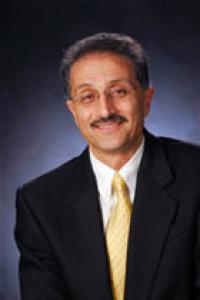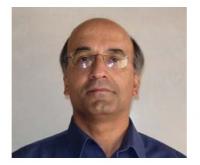Archive for February 2011
An Innovative Neutron Transport Method for Whole Reactor Core Criticality Analysis
SPEAKER: FARZAD RAHNEMA DATE/TIME: MON, 02/28/2011 – 4:00PM TO 5:00PM LOCATION: 3105 ETCHEVERRY HALL Spring 2011 Colloquium Series Abstract: A new coarse-mesh radiation transport (COMET) method for modeling and simulation of realistic reactor cores (e.g., operating water reactors) is presented at this colloquium. This innovative method has Monte Carlo accuracy while having computational efficiency that is several orders…
Read MoreReduced-Order Physics Models For Computationally Efficient Charged Particle Transport
SPEAKER: ANIL PRINJA DATE/TIME: MON, 02/14/2011 – 4:00PM TO 5:00PM LOCATION: 3105 ETCHEVERRY HALL Spring 2011 Colloquium Series Abstract: High-energy charged particles (electrons, light and heavy ions, from 10’s keV to GeV and above) are ubiquitous in nuclear science and engineering, medical physics, space science, and advanced materials applications, but the computational complexity associated with the transport of…
Read MoreIncreased usage of Nuclear Power – Advantages and Challenges – Worldwide
SPEAKER: EDWARD L. QUINN DATE/TIME: MON, 02/07/2011 – 4:00PM TO 5:00PM LOCATION: 3105 ETCHEVERRY HALL Spring 2011 Colloquium Series Abstract: This presentation provides an overview of the Background, World Outlook, U.S. Outlook and challenges facing nuclear energy in its expansion worldwide. Major issues include demand for new energy sources and international prospects for nuclear, the path forward in…
Read More

